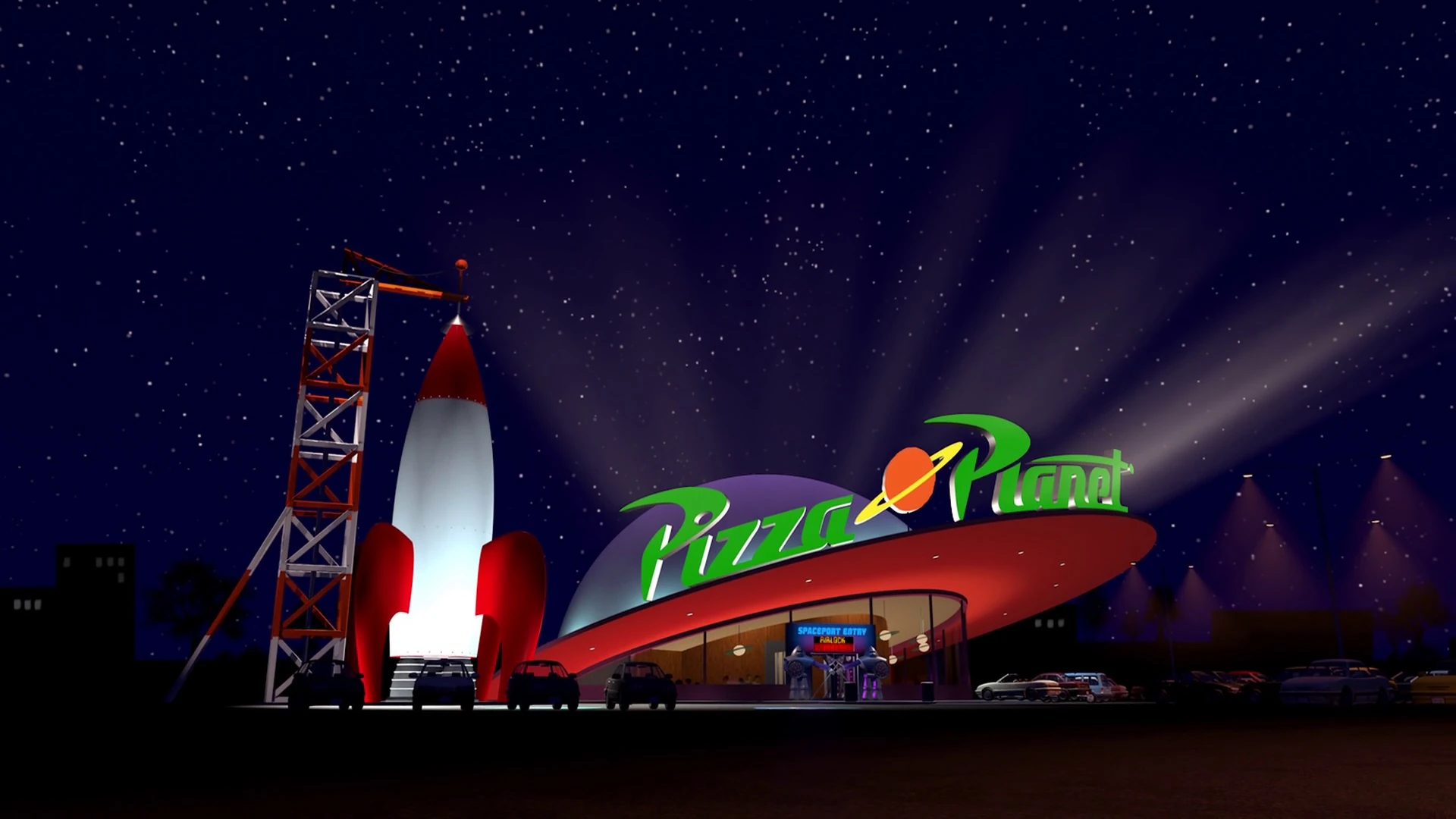Social media allows for both society to
share with others what foods they are eating and companies to advertise their
menus’. In most situations you will come across pictures of delicious looking
food, both healthy and not. Often these foods that others post subconsciously
affect your daily diets. If we see a post where someone has brought him or
herself a delicious chocolate treat we find ourselves craving something sweet,
or we see a post where the person has updated us on their healthy alternative,
which can motivate us to eat healthy and exercise. Or a company may promote
that the hottest celebrity eats their food, so we feel as if we should be
eating there too. We as humans are greatly impacted by society, whether we
realise it or not. Agreeing with this belief, Atkins stated in the weekly
readings, “food messages are received even when there is no
advertisement”. Our surrounding society
plays a massive roll in our daily food intake, as our surroundings impact our
choices. Kuttainen mentioned within this weeks lecture that our identity is
impacted by our diets, as who we are as individuals is portrayed in all aspects
of our lives, especially our diets. This statement could not be more true, if
you eat unhealthy constantly, your wellbeing and daily activities will be
affected by that choice, where as if you eat healthy and exercise your life will
positively be affected by that. The more money one has the more they can spend
on food, you will find that it is often cheaper, and less time consuming to by
fast food every day of the week, when compared to having to buy groceries and
cook for each meal. Our population is growing, and our obesity rate is
dramatically increasing, as our society is becoming more susceptible to these
lifestyle choices. We are more accepting of this change due to the fact that it
is so natural, and we are able to access more unhealthy foods than in the past,
as we can see an advertisement pop up on our social media at any time of the
day.
Atkins, P. Bowler, I.
(2001). Food in society: economy, culture, geography. New York, United States
of America: oxford university press Inc.
Kuttainen. V. (2015). BA1002; Lecture week eight. [PowerPoint slide]. Retrieved from: http://:www.learnjcu.edu.au
Kuttainen. V. (2015). BA1002; Lecture week eight. [PowerPoint slide]. Retrieved from: http://:www.learnjcu.edu.au










